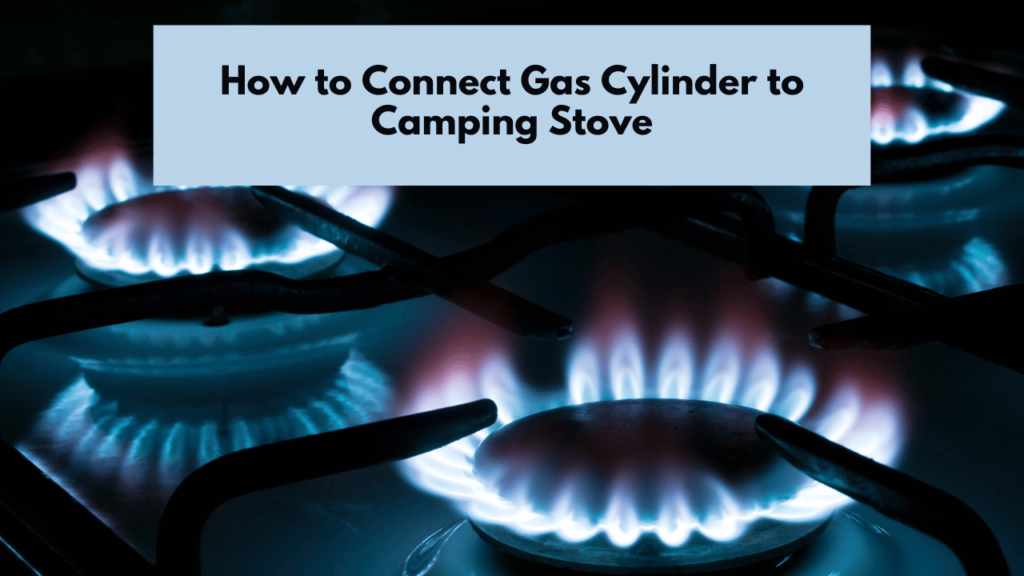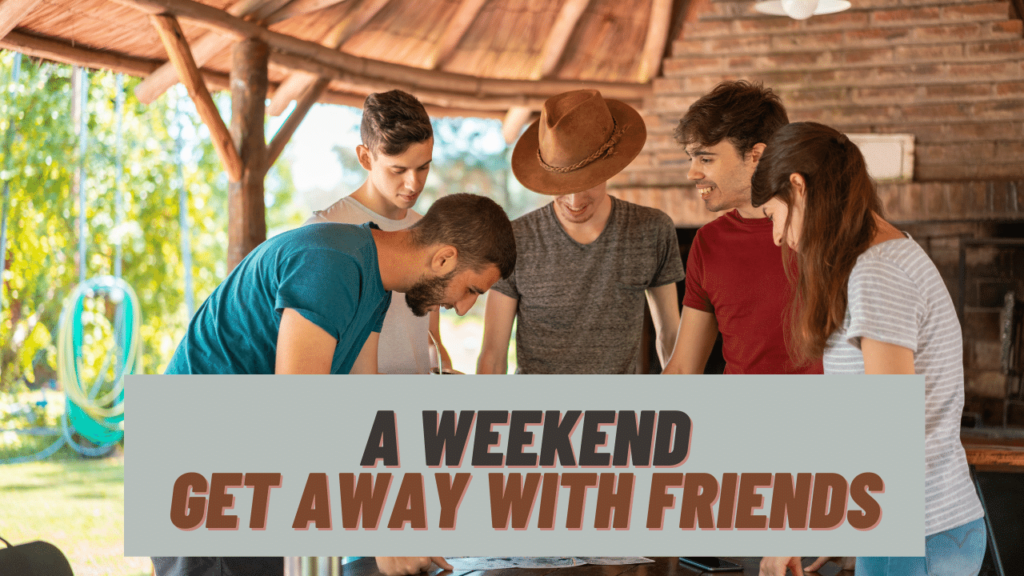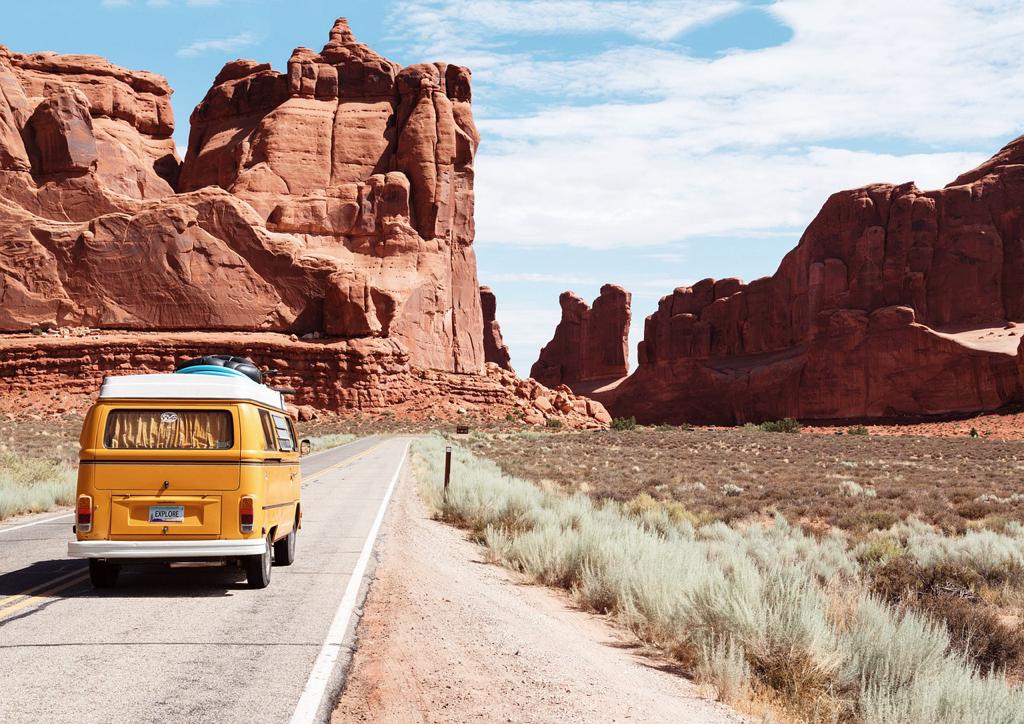Are you tired of constantly having to replace your camping stove’s fuel canister? If so, it might be time to switch to a gas cylinder. Not only do gas cylinders offer a more reliable and long-lasting fuel source, but they can also save you money in the long run. In this blog, we will walk you through the process of connecting a gas cylinder to your camping stove and provide tips for maintaining the connection to ensure a successful and efficient camping trip. So let’s get started and make the switch to gas cylinders!
Contents
Before You Begin
Prepping your camping stove for the gas cylinder connection is a crucial step in the process. Taking the time to ensure that the stove is in good working condition and clean will make the connection process go more smoothly. Here are some additional tips to consider when preparing your camping stove:
- Check all the stove’s components: In addition to checking the stove for visible damage, also inspect all of its components to make sure they are in good working order. This includes the burner, the fuel line, and any other parts of the stove that may affect the connection process.
- Test the stove before disconnecting the fuel canister: If you are using a camping stove that is already connected to a fuel canister, it is a good idea to test the stove before disconnecting the canister. This will help you to confirm that the stove is working properly and that there are no issues that need to be addressed before connecting the gas cylinder.
- Disconnect the fuel canister carefully: When disconnecting the fuel canister from the stove, be sure to do it carefully. This will help to prevent any accidental spills or leaks, which could cause problems when you try to connect the gas cylinder.
Preparing the Camping Stove
Before you begin the process of connecting your gas cylinder to your camping stove, you will need to prepare the stove for the connection. This is an important step, as any damage to the stove or a dirty stove can cause problems when you try to connect the gas cylinder.
Here are some steps to follow when preparing your camping stove:
- Check the stove for damage: It is important to inspect your camping stove for any dents, scratches, or other damage before attempting to use it. If you find any damage, do not use the stove. Instead, consider repairing or replacing it before attempting to connect a gas cylinder.
- Make sure the stove is clean: A dirty stove can cause problems when you try to connect a gas cylinder. Make sure to clean the stove before attempting to connect it. This may involve wiping down the stove with a damp cloth or using a stove cleaner to remove any dirt or grime.
- Remove the fuel canister: If your camping stove is already connected to a fuel canister, you will need to remove the canister before proceeding with the connection process. Simply disconnect the fuel canister from the stove and set it aside.
By following these steps, you can ensure that your camping stove is ready for the connection process. This will help to ensure a smooth and successful connection and help to prevent any issues or problems during the process.
Connecting the Gas Cylinder to the Camping Stove
Before you can begin the process of connecting your gas cylinder to your camping stove, you need to locate the connection point. This is usually a small fitting located on the side of the stove. Once you have found the connection point, hold the gas cylinder so that the valve is facing down and align the cylinder with the connection point on the stove.
To attach the cylinder, hold the gas cylinder in place with one hand and use the other hand to attach it to the connection point on the stove. It may take some force to securely fasten the cylinder to the stove, so be sure to hold it firmly in place.
Once the cylinder is attached, you will need to tighten the connection to ensure that it is secure. Use a wrench or a screwdriver to tighten the connection between the gas cylinder and the camping stove. Be careful not to overtighten, as this could cause damage to the connection point. If the connection is too loose, it may result in a gas leak, which can be dangerous. It is important to find a balance between a secure connection and not overtightening the connection.
Testing the Connection
Testing the connection between your gas cylinder and your camping stove is an important step in the process of connecting them. By testing the connection, you can ensure that the gas is flowing properly and that your stove is working as it should.
To test the connection, you will need to open the valve on the gas cylinder. This is done by slowly turning the valve counterclockwise. Once the valve is open, you can turn on the stove and try lighting it. If the stove lights easily and there is a steady flow of gas, then the connection is working properly.
However, if the stove is difficult to light or the gas flow is erratic, you may need to adjust the connection or try tightening it again. In this case, you may need to use a wrench or a screwdriver to adjust the connection. Be sure not to overtighten, as this could cause damage to the connection point.
Once you have finished testing the connection, be sure to turn off the stove and close the valve on the gas cylinder. This will prevent any gas from escaping and will ensure that the stove is safe to use when you are ready to cook.
Step 5: Storing the Gas Cylinder
After you have finished using your gas cylinder, it is essential to properly store it in order to ensure safety. The first step in this process is to close the valve on the gas cylinder by turning it clockwise. This will prevent any gas from escaping, which can be dangerous if it accumulates in a confined space.
Next, replace the protective cap on the gas cylinder. This cap serves to protect the valve and prevent any dirt or debris from getting inside. It is important to keep the valve clean and free from any obstruction, as this can affect the flow of gas when you are using the cylinder.
Finally, store the gas cylinder upright in a cool, dry place. Avoid storing the cylinder in direct sunlight or near any heat sources, as this can cause the gas to expand and potentially damage the cylinder. It is also a good idea to store the cylinder away from any open flames or ignition sources, as this can be a fire hazard. By following these simple steps, you can ensure the safe storage of your gas cylinder and prevent any accidents or injuries.
Conclusion
In conclusion, connecting a gas cylinder to a camping stove is a crucial skill for any outdoor enthusiast. By following the steps outlined in this article and using the right tools and supplies, you can safely and efficiently connect your gas cylinder to your stove and enjoy a reliable source of fuel for all of your outdoor adventures. Additionally, it is important to test the connection and store the gas cylinder properly in order to ensure safety and prevent any accidents or injuries. With a little practice and attention to detail, you can confidently and confidently connect your gas cylinder to your camping stove and enjoy all of the benefits it has to offer.



